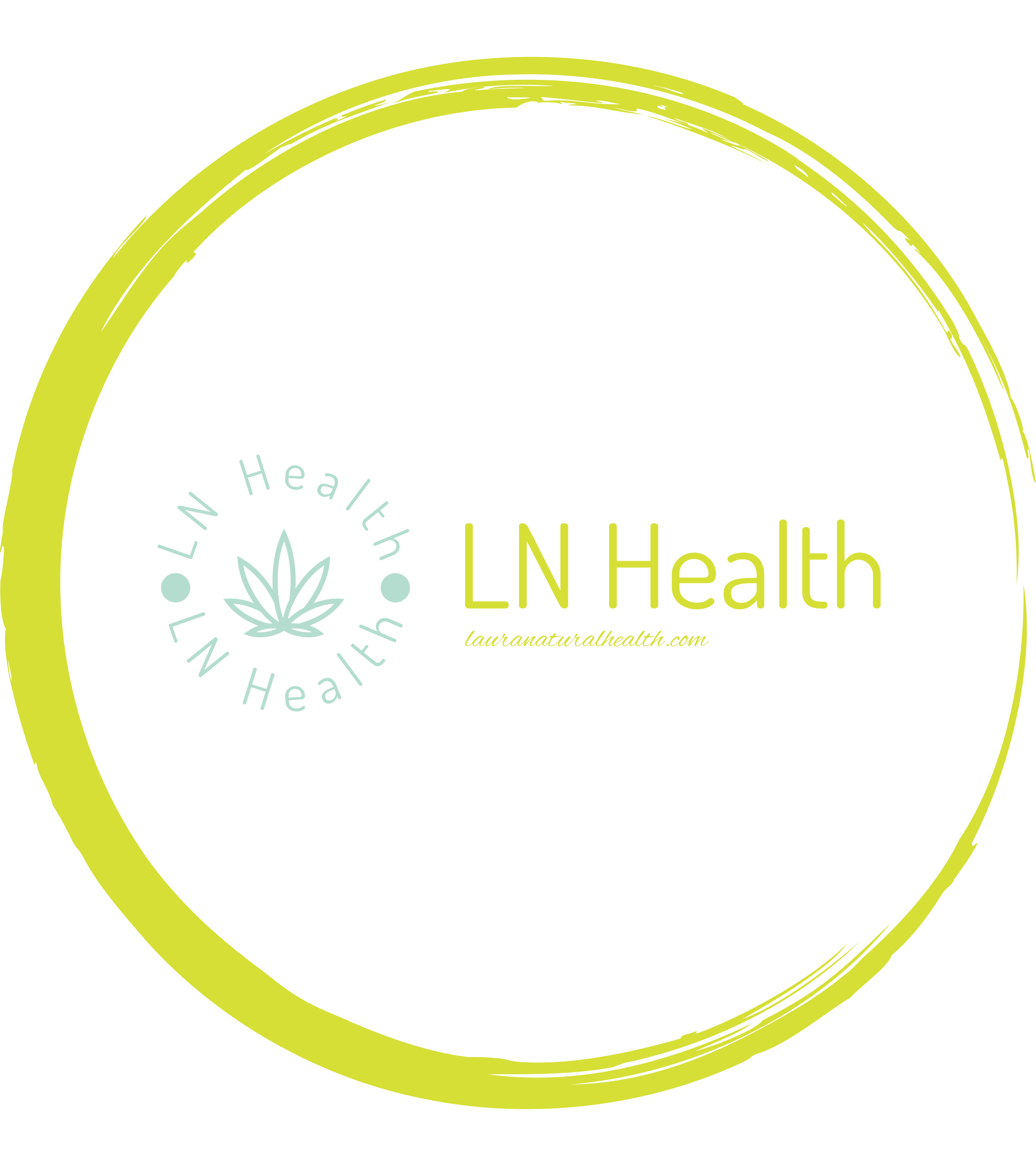Boiling water in the microwave is a common practice in many households, due to its convenience and speed. However, there are several considerations to keep in mind, including safety, efficiency, and the effects on water temperature distribution. This comprehensive guide will delve into the mechanics of microwaving water, discuss its pros and cons, and provide detailed guidelines and safety tips for those who choose to use this method.
Understanding Microwave Heating
Microwaves heat food and liquids by generating electromagnetic waves that excite water molecules, causing them to rapidly vibrate and produce heat through friction. This process is different from conventional boiling on a stovetop, where heat is transferred from a burner to a pot, and then from the pot to the water by conduction. In a microwave, the water heats more uniformly throughout the liquid at first, rather than primarily at the bottom.
Pros of Boiling Water in the Microwave
Speed
Microwaving can heat water faster than a stovetop kettle or pot, especially for small quantities.
Convenience
It can be simpler to place a cup of water in the microwave than to use a kettle or pot, particularly for those who may have mobility or dexterity issues.
Energy Efficiency
Microwaving can be more energy-efficient for boiling small amounts of water, as microwave ovens typically use less energy.
Cons of Boiling Water in the Microwave
Safety Risks
Superheating is a significant risk when microwaving water. This occurs when water is heated beyond its boiling point without actually boiling. This can happen because the liquid does not have nucleation sites (points where bubbles can form) and remains still. Disturbing superheated water can cause it to violently boil all at once, potentially causing burns.
Uneven Heating
While microwaves can heat water uniformly at a molecular level, the penetration depth of microwaves can result in uneven temperatures throughout thicker containers or larger quantities of water.
Container Issues
Not all containers are microwave safe, and using inappropriate containers can lead to chemical leaching or physical damage to the container.
How to Safely Boil Water in a Microwave
Use a Microwave-Safe Container
Always use a container that is clearly labeled as microwave safe. Glass or ceramic containers are usually good choices.
Add a Non-Metallic Object:
To prevent superheating, place a non-metallic object like a wooden stir stick or a microwave-safe spoon in the container. This will provide nucleation sites to help form bubbles.
Do Not Seal the Container
Never seal the container, as the steam needs a place to escape to prevent pressure build-up.
Heat in Short Intervals
Heat the water in short intervals, such as one minute, stirring between each interval to help distribute the heat and prevent superheating.
Watch Carefully
Keep an eye on the water. If it doesn’t show signs of bubbling but is getting hot, stop heating and let it sit for a minute before moving or using it.
Test the Temperature
Before using the water, test its temperature to ensure it’s not superheated and to avoid burns.
Alternatives to Microwaving Water
- Electric Kettle: Fast, safe, and designed specifically for boiling water.
- Stovetop Kettle or Pan: Traditional and reliable, though slightly slower and less energy-efficient for small quantities.
FAQs on Boiling Water in the Microwave
Why does water sometimes explode when boiled in the microwave?
This phenomenon is called superheating. It happens when water is heated beyond its boiling point without actually boiling. This can cause the water to rapidly turn to steam and “explode” when the container is disturbed.
Is it safe to boil water in the microwave?
Yes, it can be safe if proper precautions are taken, such as using a microwave-safe container, adding a non-metallic object to facilitate boiling, and heating in intervals.
How long does it take to boil water in a microwave?
The time varies based on the wattage of the microwave and the amount of water being heated. Generally, for a cup of water, it might take 1-3 minutes.
Can microwaving water change its composition or properties?
No, microwaving water does not change its chemical composition or properties. However, it can change the physical distribution of heat within the water.
What is the most energy-efficient way to boil water?
For small quantities, a microwave can be more energy-efficient. For larger amounts, an electric kettle is generally more efficient than both a microwave and a stovetop kettle.
Can I boil water in a plastic container in the microwave?
It’s best to avoid plastic, even if it’s labeled microwave safe, as heat can cause some plastics to leach chemicals. Glass or ceramic are safer choices.
How can I avoid superheating water in the microwave?
Always place a non-metallic object in the container to provide nucleation sites. Additionally, stir the water at regular intervals and avoid overheating.
Conclusion
While boiling water in a microwave is quick and convenient, it comes with notable safety concerns, particularly the risk of superheating. By understanding how microwaves heat water and following recommended safety guidelines, you can minimize risks and use your microwave effectively. However, for larger quantities of water or regular use, traditional methods like electric or stovetop kettles may be safer and more efficient.
- Elevating Your Bedroom Look With Matching Accessories - May 7, 2025
- Gaunt Face And Cheeks Treatment Near Addington, Surrey - May 5, 2025
- How To Fix Too Much Cheek Filler? - May 5, 2025
